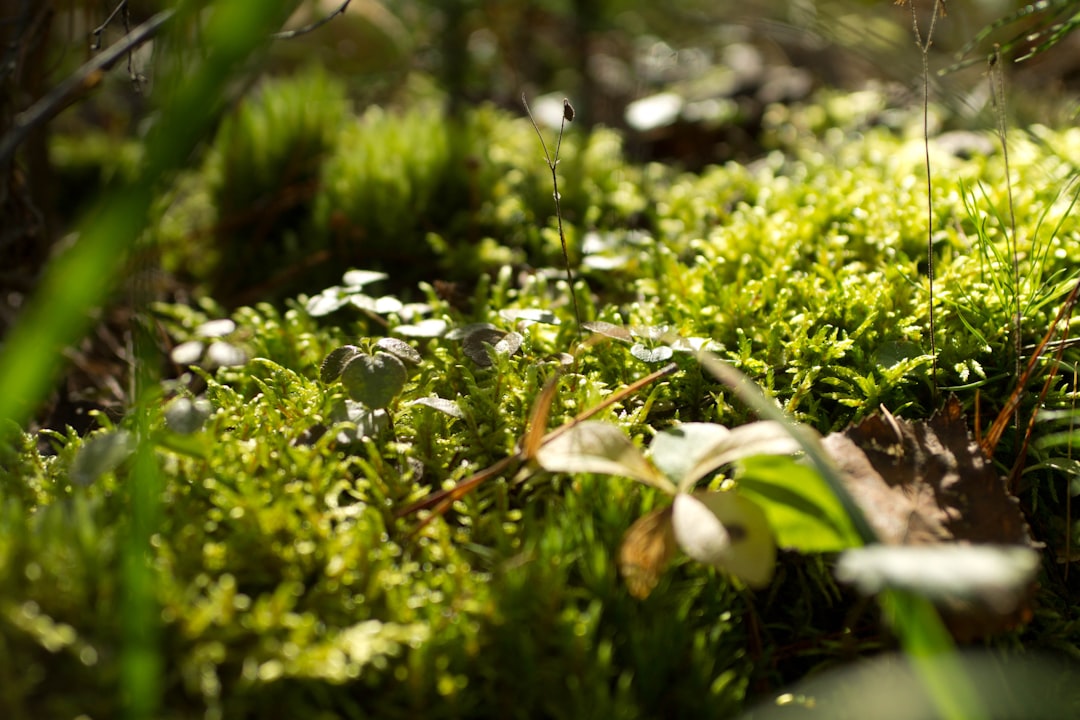Transform Your Yard with Stunning Garden Edging

Your yard is an extension of your home, a place where you can relax, entertain, and connect with nature. One of the most effective ways to enhance the beauty and functionality of your garden is by adding elegant outlines through garden edging. In this article, we'll explore a variety of garden edging ideas that can lend character, definition, and texture to your landscaping beds.
1. Brick Edging
Brick edging is a classic choice that adds a touch of timeless elegance to any garden. Bricks come in a variety of colors, shapes, and sizes, allowing you to create a unique and personalized look. You can lay the bricks in a straight line for a clean and modern appearance, or create a more organic look by using a curved pattern. Brick edging is also durable and long - lasting, making it a practical choice for high - traffic areas.
To install brick edging, start by marking the area where you want to place the bricks. Dig a shallow trench that is slightly wider and deeper than the bricks. Place the bricks in the trench, making sure they are level and tightly packed. You can use sand or mortar to fill the gaps between the bricks for added stability.
2. Stone Edging
Stone edging offers a natural and rustic look that blends seamlessly with the surrounding landscape. Natural stones such as granite, limestone, and slate come in a variety of textures and colors, giving you endless design possibilities. Stone edging can be used to create a formal or informal look, depending on the type of stones you choose and how you arrange them.
For a more natural look, you can use irregularly shaped stones and arrange them in a random pattern. If you prefer a more structured look, you can use cut stones and lay them in a straight or curved line. When installing stone edging, make sure to level the ground and use a layer of gravel or sand to provide a stable base for the stones.
3. Wood Edging
Wood edging adds a warm and inviting touch to your garden. It is a cost - effective option that is easy to install and can be customized to fit your specific needs. You can use pressure - treated lumber, cedar, or redwood for your edging. These types of wood are resistant to rot and decay, ensuring that your edging will last for years.
To create wood edging, cut the wood into the desired length and shape. You can use a saw to make straight cuts or a jigsaw to create curved edges. Dig a shallow trench and place the wood in the trench, making sure it is level. You can secure the wood with stakes or screws for added stability.
4. Metal Edging
Metal edging is a modern and sleek option that adds a contemporary touch to your garden. It is available in a variety of metals, including aluminum, steel, and copper. Metal edging is durable, lightweight, and easy to install. It can be used to create a sharp and defined edge for your landscaping beds.
Aluminum edging is a popular choice because it is corrosion - resistant and comes in a variety of colors. Steel edging is more heavy - duty and can be used for larger gardens or areas with heavy foot traffic. Copper edging develops a beautiful patina over time, adding a unique and antique look to your garden.
5. Plastic Edging
Plastic edging is a budget - friendly option that is easy to install and maintain. It is available in a variety of colors and styles, allowing you to choose the one that best suits your garden. Plastic edging is flexible, making it ideal for creating curved or irregularly shaped beds.
To install plastic edging, simply dig a shallow trench and place the edging in the trench. You can use stakes to secure the edging in place. Plastic edging is also resistant to rot, decay, and pests, making it a practical choice for any garden.
6. Concrete Edging
Concrete edging is a durable and long - lasting option that can be customized to fit your specific design needs. You can pour concrete into a mold to create a variety of shapes and sizes, or use pre - cast concrete edging blocks. Concrete edging can be stained or painted to match the color of your garden.
When installing concrete edging, make sure to prepare the ground properly. Dig a trench and add a layer of gravel or sand for drainage. Pour the concrete into the trench or place the pre - cast blocks in the trench and level them. Allow the concrete to dry completely before using the area.
In conclusion, garden edging is a simple yet effective way to enhance the beauty and functionality of your yard. Whether you choose brick, stone, wood, metal, plastic, or concrete edging, each option offers its own unique benefits and can be customized to fit your personal style and budget. By adding elegant outlines to your garden, you can create a more inviting and visually appealing outdoor space.